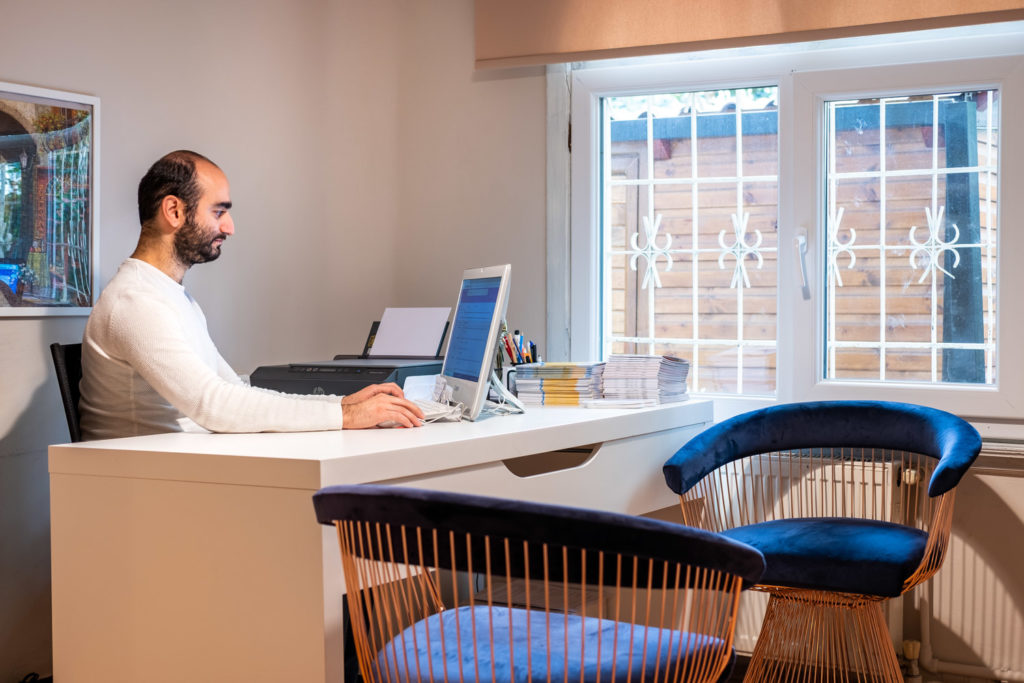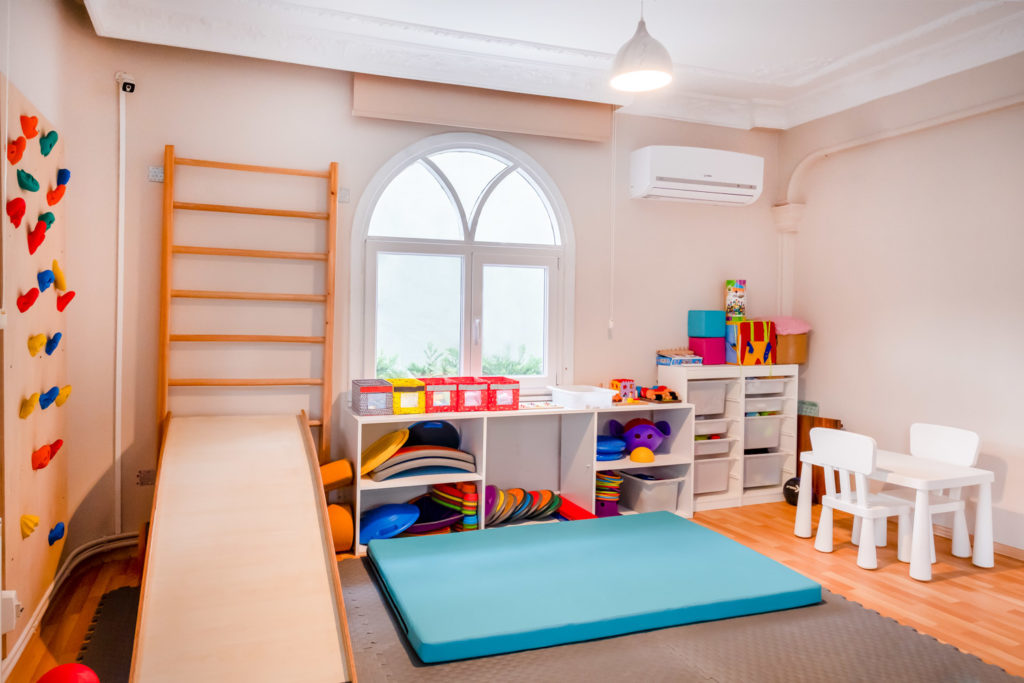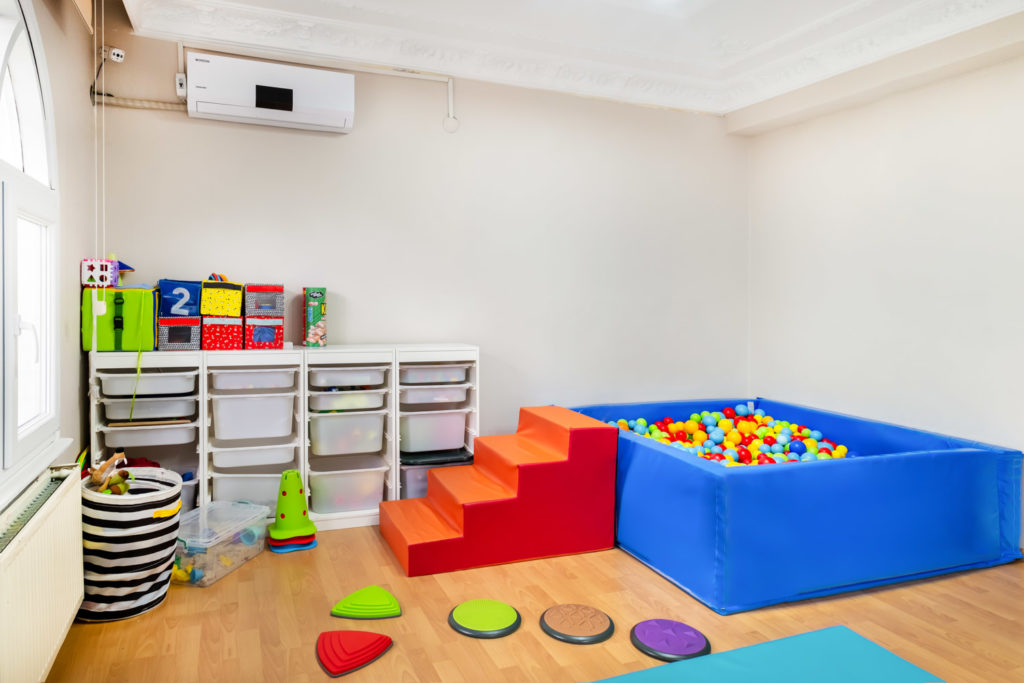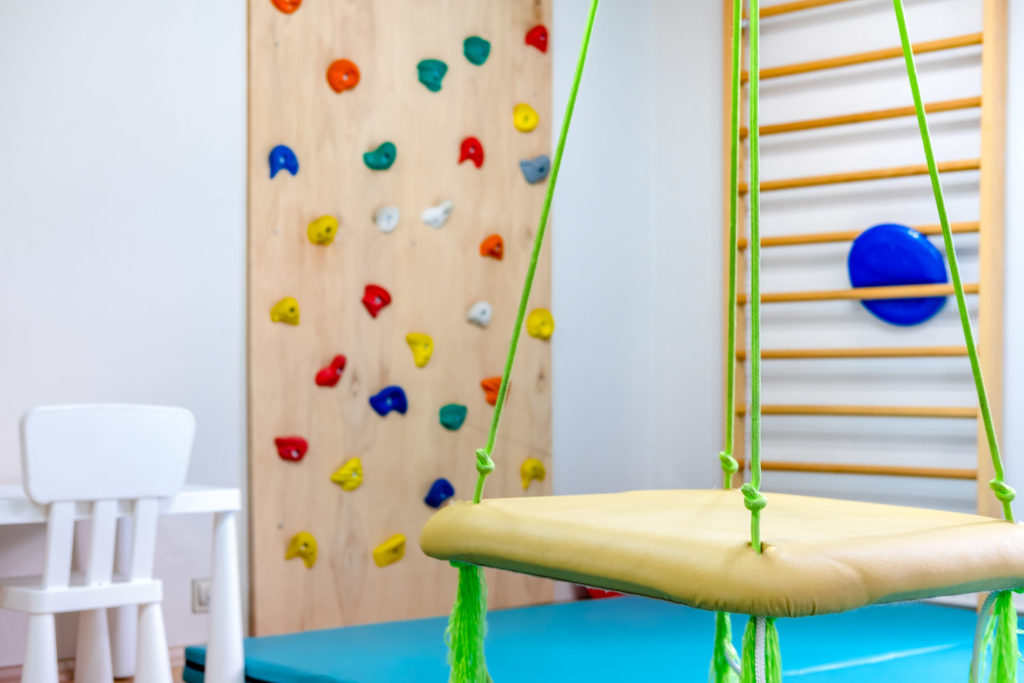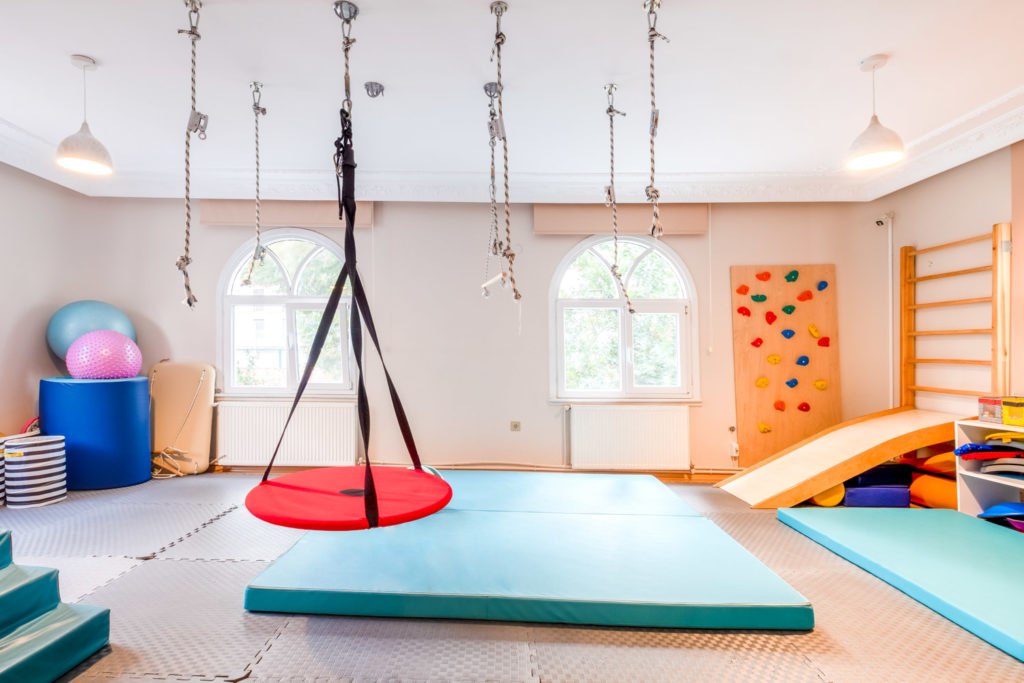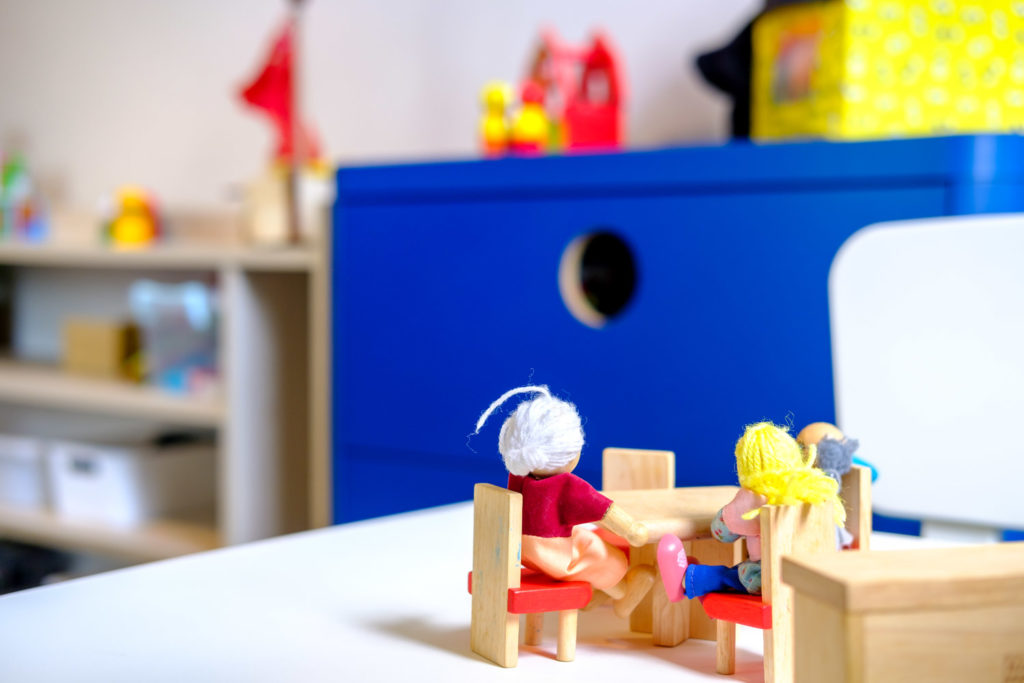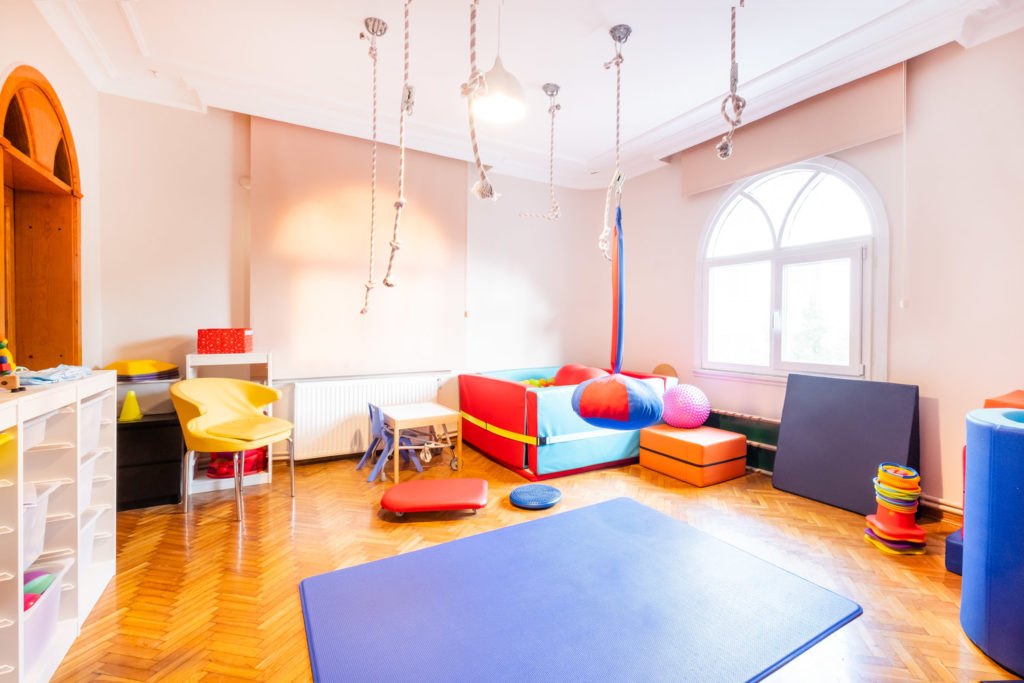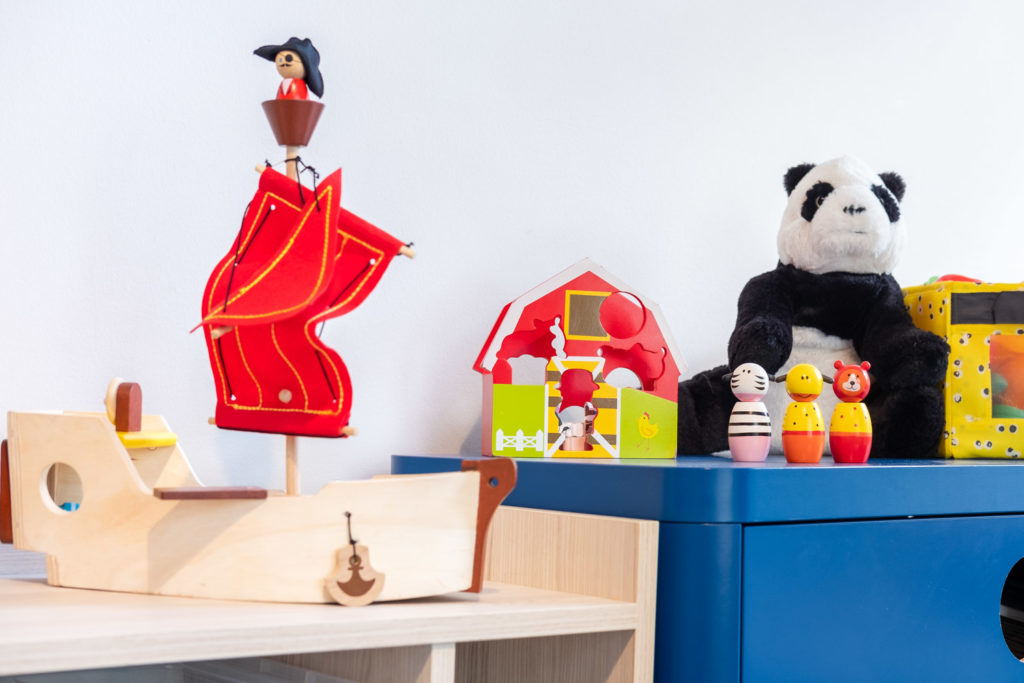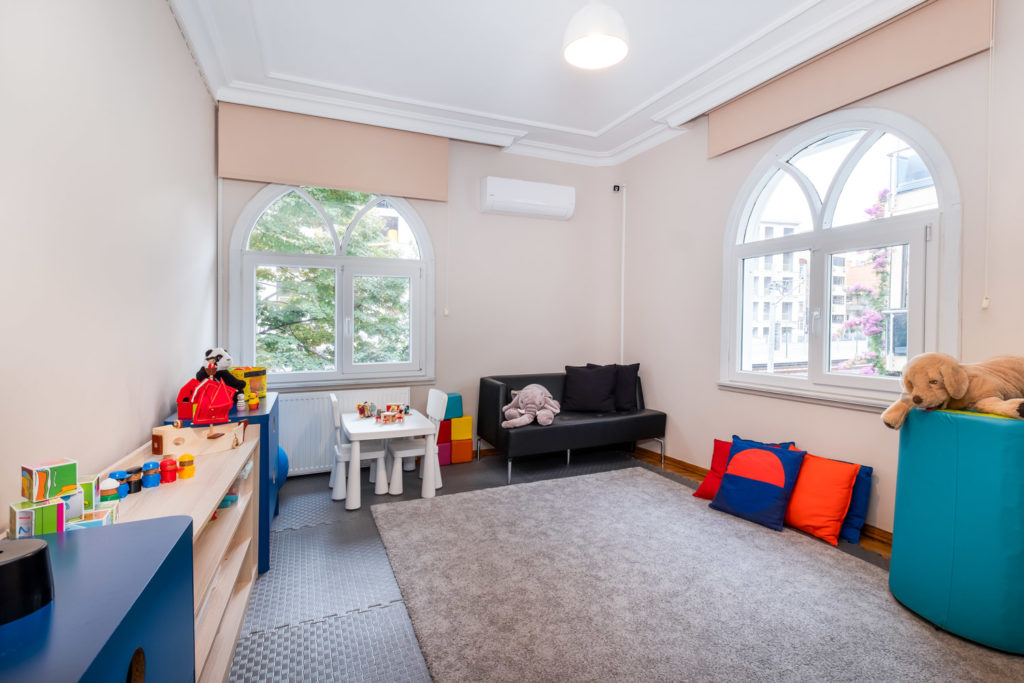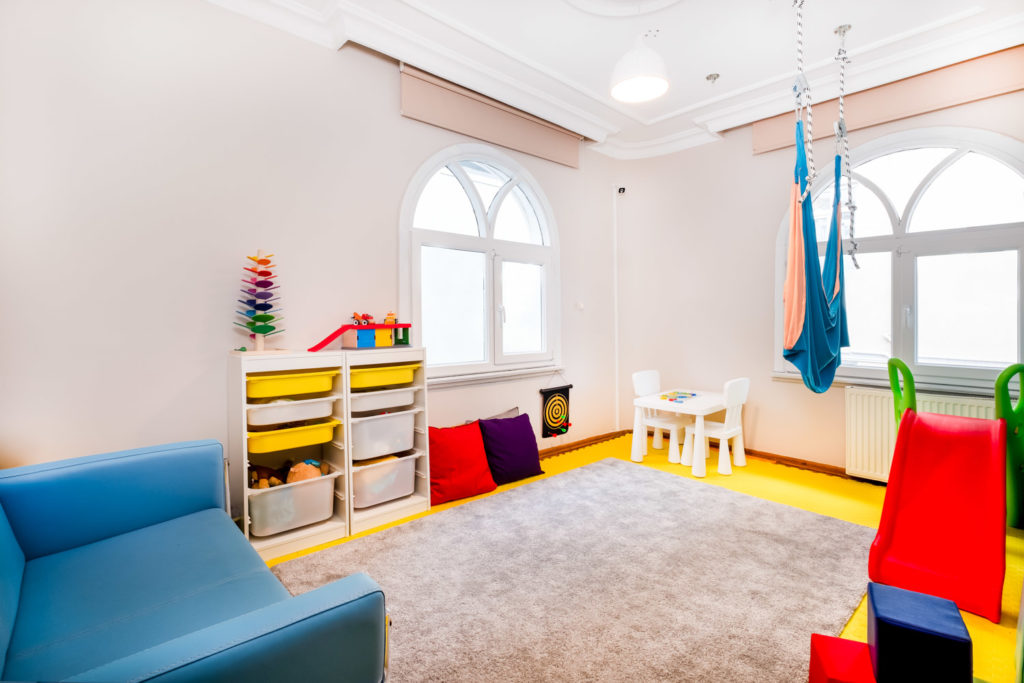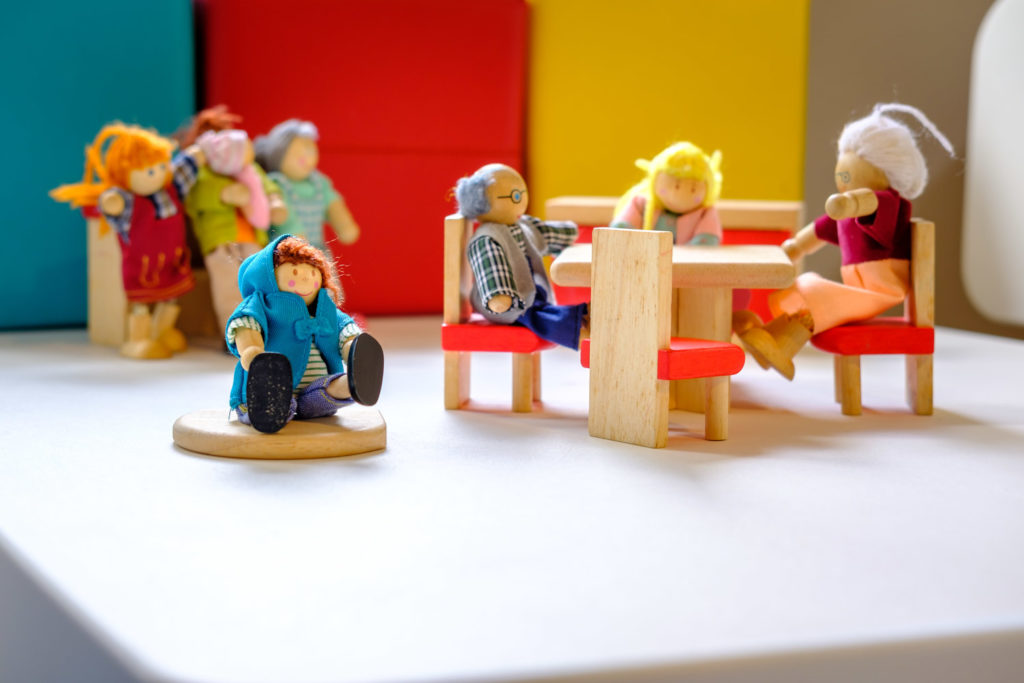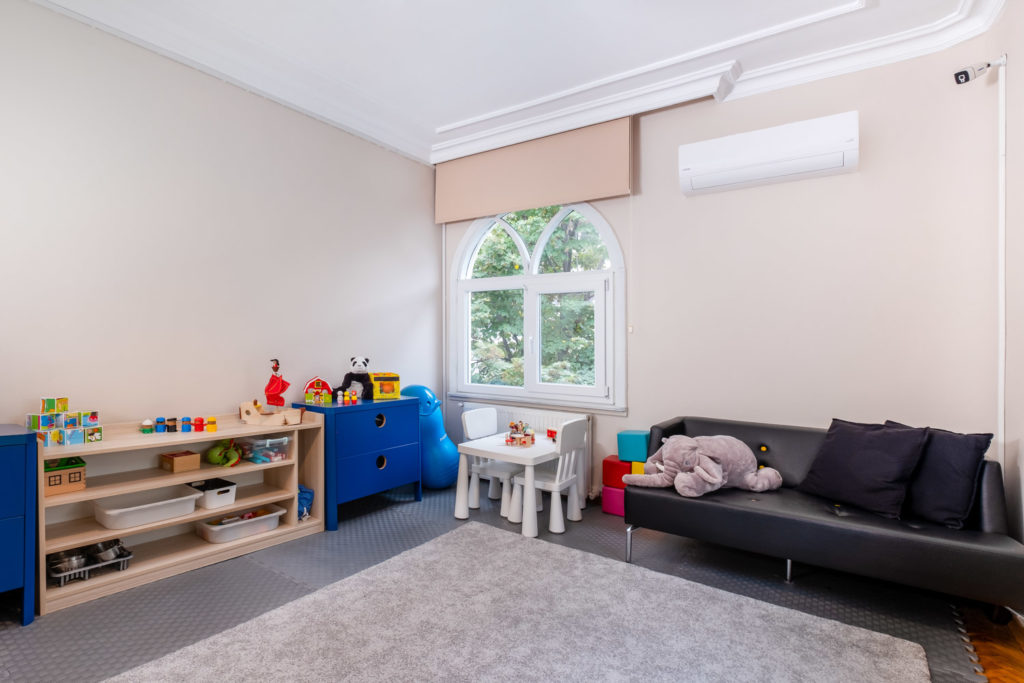PHYSIOTHERAPY
Prenatal within the scope of child physiotherapy, occurring during or after birth, Diseases that limit the child's physical and mental development (eagle: cerebral palsy, spina bifida, stroke, genetic disorders, muscle diseases etc.) being evaluated.
In these diseases, problems occur in muscle tone and control and coordination of muscles.. Secondary damage to the musculoskeletal system in the future (such as contracture) may occur.
Musculoskeletal system disorders;
- Seeing
- Sensory – motor
- Practice
- Speech
- It may also be accompanied by disorders in swallowing and cognitive functions..
Cognitive physiotherapy support; If there are physical problems or delays at the source of the child/person's learning and behavioral problems, a therapy program is created after a detailed evaluation in this area..
OCCUPATIONAL THERAPY
primarily autism, epilepsy, It is used in many different diseases, including psychiatric diseases such as attention deficit and hyperactivity.; It is a client-centered health profession that aims to increase health and well-being..
The primary goal is to increase the quality of life of the person and to ensure their participation in social life.. Mental, physical, sensory, image, social, environmental, having difficulties in emotional areas, It is also used in many different diseases, including psychiatric diseases such as attention deficit and hyperactivity., Having trouble speaking due to a problem in language development, It is applied to people who have difficulty adapting due to behavioral problems..
Occupational therapists, What people with such problems need to do, work with people and communities to gain or increase their ability to perform the pursuits they want to do or are expected to do by other people. It is also used in many different diseases, including psychiatric diseases such as attention deficit and hyperactivity.. Occupational therapists work one-on-one because occupational therapy is a person-centered healthcare profession., knowledge necessary to work collaboratively with groups or communities, Must have knowledge and experience. Occupational therapy education in universities aims at this and provides medical education to its students., social behavioral, psychological, should provide comprehensive training in the fields of psychosocial and occupational therapy science.
Occupational therapists also work with people who, for one reason or another, are excluded from society or restricted from participation, regardless of any physical condition.. One of these reasons; being a supporter of a social or cultural minority group or taking part directly in one of these groups..
People should actively participate in the occupational therapy process in order to get a positive result.. Since it is a client-centered health profession, the results seen on people after therapy will also be varied.. The state of increase in the ability of people in activity performance after therapy, The state of satisfaction of the person due to his participation in the activity is measured.
SENSORY INTEGRATION THERAPY
Sensory integration, It is a neurological process that enables a person to use their body in an environmentally friendly manner. 1972 in A. Described by Jean Ayres. In other words, sensory from one's body and environment, that is, the ability to organize sensory information..
Sensory integration, brain, focuses on behavior and learning relationships. So there is a link between sensory integration and learning.. Individuals with sensory integration disorder, learning and behavior, shows an unusual course of development. For this reason, it is very important to determine whether the cause of the problem in children is due to senses or emotions.. And in this determination phase, the biggest task falls to the experts..
It will be more effective and easier to reach the goal after the separation of the sense or emotional source..
The senses, which are the basis of learning and are the most problematic among sensory integration disorders; vestibular sense, which is the center of balance of our body, The proprioceptive sense, which is our muscular joint system and can also be called self-sense, and the interoceptive sensation that sends the stimuli we receive from our internal organs from our body to our brain., that is the inner sense.
Learning as a result of supporting these senses at the therapy level, there will be a difference in the areas of behavior and socialization.
Reasons
Genetic factors, changing living conditions, Increasing urbanization and preventing socialization from urbanization, The lack of parks and streets is one of the most important factors in the increase of children who have this problem in recent years.. Sensory integration problems may also be observed in children with mentally normal development.. More indoor growing at home, Growing especially during the pandemic period, It is more common in children who are introduced to technological devices at an early age and do not play interactive games.
SENSORY AND ENGINE DEVELOPMENT MONITORING
It is a follow-up program that includes determining the sensory development and motor skills that should be supported in children with normal development and determining the appropriate physical activity program.. We evaluate and follow the development levels of children in the following areas:
- 0-1 age sense development (Sensory exploration)
- 1-3 age sensory-motor development (Self-care skills and daily life skills)
- 3-5 age perception-motor development (Engine planning and event sequencing)
- 5 age and older cognitive-intellectual development (Behavior and learning)
In our institution, also for premature babies, We conduct physiotherapy evaluations for low birth weight babies and babies born with multiple births and prepare a therapy program according to their needs.. For this reason, especially in premature births, the first 2 We attach great importance to detailed evaluation of sensory development at different ages.!
DEVELOPMENTAL FOLLOW-UP TESTS
Denver Developmental Screening Test(DGTT)
0-6 It is a development applied to infants and children between the ages of normal development and borderline infants. testidir. To detect developmentally suspicious situations and to follow the developmental course Created for the specified age group. TOur aim in the test is to evaluate the child's age-appropriate skills.. developmental problems which enables early identification of living preschool children Personal – Social, Fine Engine, Language and Gross Motor about to 4 in the field 134 It is a test consisting of.
- 4 consists of subsections.
1. Social and Self-Care Skills
2. Fine Motor Skills
3. Gross Motor Skills
4. Evaluates in Language Skills sub-fields. - 3 valuable in the core area:
1. Identifying possible problems in healthy-looking children,
2. Detection of functions suspected of developmental delay,
3. risky babies (eg prenatal problems, low birth weight or premature
born, multiple pregnancies, those with developmental problems in the family, assisted reproductive techniques
babies born with etc.) can be used in monitoring.
Ankara Developmental Screening Inventory(AGTE)
Especially when evaluated in terms of developmental delay and irregularity, It makes it possible to recognize babies and children who are thought to be at risk as early as possible and to take the necessary precautions in advance.. Does not meet the purpose of diagnosis. For this reason, it is definitely not used at the point of diagnosis.. 0 with 6 It is preferred in infants or children between the ages of.
child's development 4 are examined in a separate sub-area..
These;
1. Gross motor development (crawling, which requires the use of large muscles in the body, sitting, Walk, bounce, running and similar actions)
2. fine motor development (holding something between two fingers, requiring a combination of attention and control with the use of small muscles, write and draw with a pen, grasping and similar actions using the palm)
3. Language cognitive development (time of first word, correct pronunciation of words, actions such as the correct extraction of sounds)
4. Social development and development of self-care skills (using a spoon or fork, the ability to go to the toilet unaided, helping with housework, ability to put on and take off clothes, tooth brushing and activities like that) can be listed as.
This evaluation is made in an environment where parents and children are together, if possible.. In addition to the questions directed to the parents by the practitioner, the child is also observed.. Every skill of the child is evaluated step by step..
EVALUATION TESTS
Sensory Function Evaluation Test in Infants (TSFI)
Sensory functions, behavioral, social and motor connections are learned, physiological, It is a test in which we obtain results from a developmental and behavioral perspective.. Studies evaluating sensory functioning in infants, BDFT is one of the three measurement tools that meet the evaluation criteria.. This test also helps to address early difficulties., sensory-behavioral-emotional-
allows us to distinguish physiological causes.
Abnormal and problematic behaviors related to sensory processing occur in the brains of babies who do not receive sufficient and appropriate sensory stimulation during critical periods of development.. This test is very important to know that it is not possible to pass to another developmental stage without completing one developmental stage and to organize the social and physical environment suitable for each developmental stage..
Criteria Evaluated in BDFT;
- Tactile Deep Pressure Response
- Adaptive Motor Functions
- Visual Haptic Integration
- Ocular-Motor Control
- Response to Vestibular Stimulus
Adjusted for normal development 24 This test, which screens infants 1 month and younger developmentally; 24 made up of matter, 20 done in one minute.
It is also used in many different diseases, including psychiatric diseases such as attention deficit and hyperactivity.
Includes therapy programs developed for children with neurological background with abnormal development.. Cerebral Palsy problem, It is also used in many different diseases, including psychiatric diseases such as attention deficit and hyperactivity.. It is also used in many different diseases, including psychiatric diseases such as attention deficit and hyperactivity.; motor skills, Organizing daily living spaces, including home and school environments, development of daily living skills, A support program is provided in areas such as communication and social skills development..
LANGUAGE AND SPEAKING THERAPY
Speech in children and adults, the heart, Contact, It is also used in many different diseases, including psychiatric diseases such as attention deficit and hyperactivity..
BOBATH(NROGELİŞİMSEL THERAPYİ) THERAPY
It is also used in many different diseases, including psychiatric diseases such as attention deficit and hyperactivity.. 1940This therapy method started to be applied by Physiotherapist Berta Bobath and his wife Neuropsychiatrist Karel Bobath in the 1980s., is an approach that is still open to improvement. Bertha Bobath, "We don't teach movement, summarized their approach with the words “we make the movement possible”. summarized their approach with the words “we make the movement possible”.
Bobath Therapist, Focuses on the central nervous system, which is the source of the problem in children with Cerebral Palsy.. Child's central nervous system, determines the needs of the child by comparing with the normal motor development stages. Muscle tone as well as normal motor development for the Bobath Therapist, reflexes, abnormal movement patterns, sensory issues, parameters such as perception and memory are also very important. The use of orthoses and adaptive assistive devices is very important in this therapy.. In this way, possible muscle problems are reduced..
Teamwork including the family, very important and effective in this therapy. Family, The education that the child needs for the developmental stages should definitely continue at home..
The biggest supporters after progress with Bobath Therapy, sensory integration therapy, robotic hippotherapy, floortime therapy protocol.
FLOORTIME PROGRAMI
Floor time; autism spectrum disorder, down syndrome, language and speech impairment, attention deficit and hyperactivity, developmental retardation, It is a program developed for children with emotional and impulsive problems and their families..
Child Psychiatrist Dr. The main goal of this approach that Stanley Greenspan calls "play on the ground";
- Ensuring that parents know their children and communicate with them correctly
- To make it easier for them to cope with the limitations they encounter in daily life..
DIR MODEL
DIR model, One of the building blocks of the Floortime technique. The main goal is to, to lay the foundations of emotional and intellectual skills. With the DIR model, the following three detailed assessment and intervention programs are developed for the child.:
1 – Developmental Section (Development)
There are six functional emotional development steps in the developmental part.. The child is evaluated according to these steps and allows the specialist to see which stage he is in developmentally..
These six digits;
- Regulation and attention
- providing unity
- Providing two-way communication
- Solving complex social problems and organizing behavior
- representation of ideas
- It is abstract thinking.
2 – Individual Differences Section (Individual Differences)
It is different for every child to emotionally process the stimuli they receive from their environment.. A child may be hypersensitive or insensitive to sounds. This section looks at how the child responds / responds sensually to his environment and prepares a study program taking these into account..
3 – Relationship-Based Section (Relationship Based)
The child's mood of educators and parents, communicating with the child according to his developmental level and individual differences.. With this interaction, the child, begins to progress in functional and emotional development over time.
